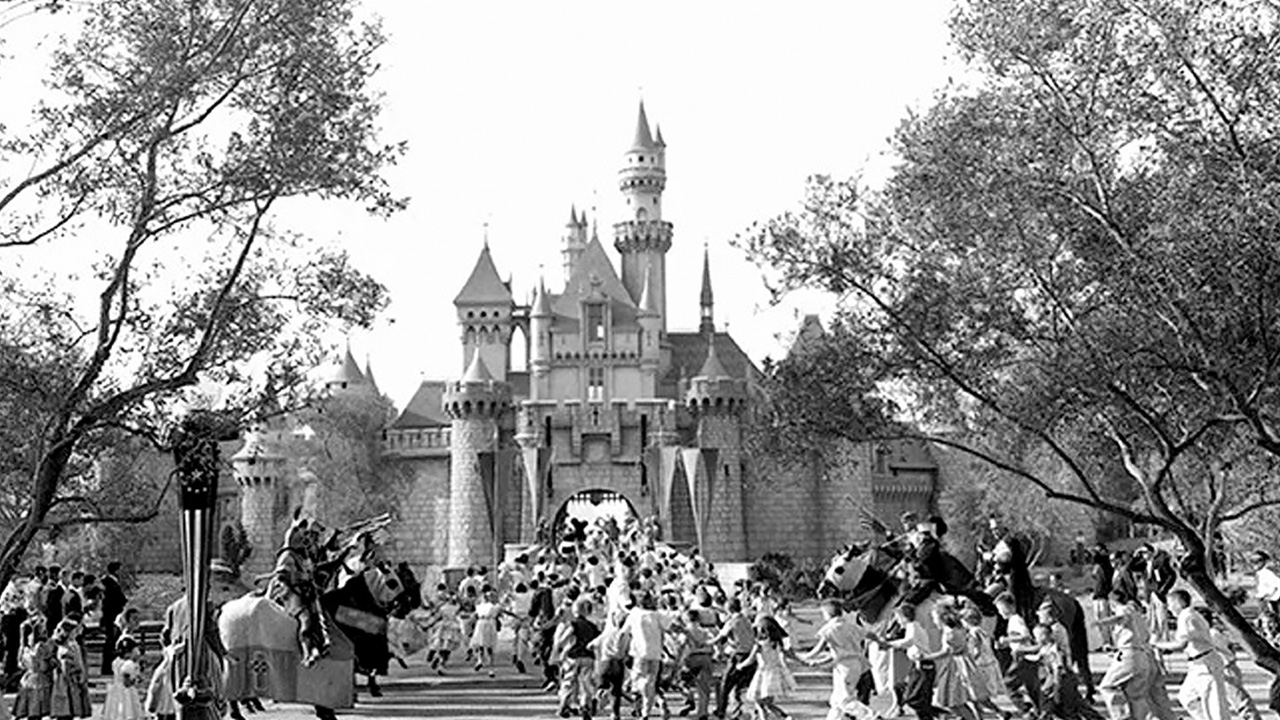The $42BN Plan to Rebuild the World’s Unluckiest City
- Youtube Views 727,360 VIDEO VIEWS
Video narrated by Fred Mills. This video and article contain paid promotion for Bluebeam.
THIS may be the world’s unluckiest city. In 2010 it was hit by an enormous earthquake measuring 7.1 on the Richter scale. Then, just a few months later it was hit again by a 6.3 quake.
As a result 80 percent of the entire city was razed. Gone. But it wasn’t wiped off the map. This is the story of the remarkable resilience and perseverance of the people who live here. This is how the world’s unluckiest city was almost completely rebuilt from scratch.
New Zealand is a country used to more than its fair share of natural disasters. The nation sits on the Ring of Fire, a string of volcanoes and seismically active sites that are responsible for some of the worst earthquakes in history - like the 2011 earthquake and tsunami in Japan, and the 1906 San Francisco quake that killed 3,000 people.
New Zealand is at the intersection of two tectonic plates. On average there are 14,000 earthquakes a year, most of which are minor, but you get the point, this is a country built on shaky ground.

Above: The ring of fire.
What the city of Christchurch was not prepared for, however, was two earthquakes of this magnitude happening just months within each other.
“The main aftershock, which did all the damage on the 22nd of February in 2011, was a disastrous experience," Keith Patterson, project director for the Christ Church Cathedral Reinstatement Project told The B1M.
"My wife and I were in town on the street the day that that happened. And it's something you never forget.”
The population of Christchurch actually decreased by 13% following the quakes as residents were forced to relocate or flee. To this day it remains the costliest natural disaster in the country’s history, with the estimated cost to rebuild the city at USD $42BN.
One of the many buildings lost that day was a 19th century cathedral.
“It is the icon of Christchurch, our second biggest city. It's a very important part of our heritage,” Patterson explained.
Pre-earthquake, more than 700,000 people visited this century-and-a-half-old building every year –that’s double the number of people who actually live here.
All of them came to see this church, which, if you’re not from New Zealand may not seem like a particularly remarkable building to you. Really, it might not have seemed that truly remarkable to many people, until it was gone.
It wasn’t the tallest or grandest building in the country. Nor the most expensive or the most unique. Yet it was very much an icon of the city and, really, for the entire country.
It was often spoken of as “the heart of the city”. When somebody said “Christchurch” you pictured this building.
In the earthquake the spire was completely destroyed, as well as the upper portion of the tower. When it collapsed it also severely damaged the front of the cathedral, its western porch and the adjacent walls.
Its destruction came to symbolise the loss of the city itself. The people of New Zealand were devastated.
At the time it was estimated it would cost at least USD $30M to rebuild, more money than insurance would cover.
So in March 2012 it was announced the church would be demolished and would be replaced by a new structure.
Much of the rest of Christchurch was facing similar choices. What to replace the ruins of the city with? To replace it all? What happens to the character and charm of a place when it has to be reconstructed as quickly as possible and on a budget?
And so much of the city had to be rebuilt.
The central business district would remain closed for two years. Shipping containers were brought in as temporary places for retailers to set up shop.
The city’s infrastructure needed a full rebuild, this involved more than 700 individual projects that included 600 kilometres of sewer pipes, 100 kilometres of water pipes, more than 1.3M square metres of road and 144 bridges.
Many, many heritage buildings were completely demolished during this time. The people of Christchurch saw their city’s identity being stripped away.
The decision to not rebuild the cathedral, the defining building of the city, was the last straw. It would be as if when Notre Dame burnt down Paris had left it as ashes.
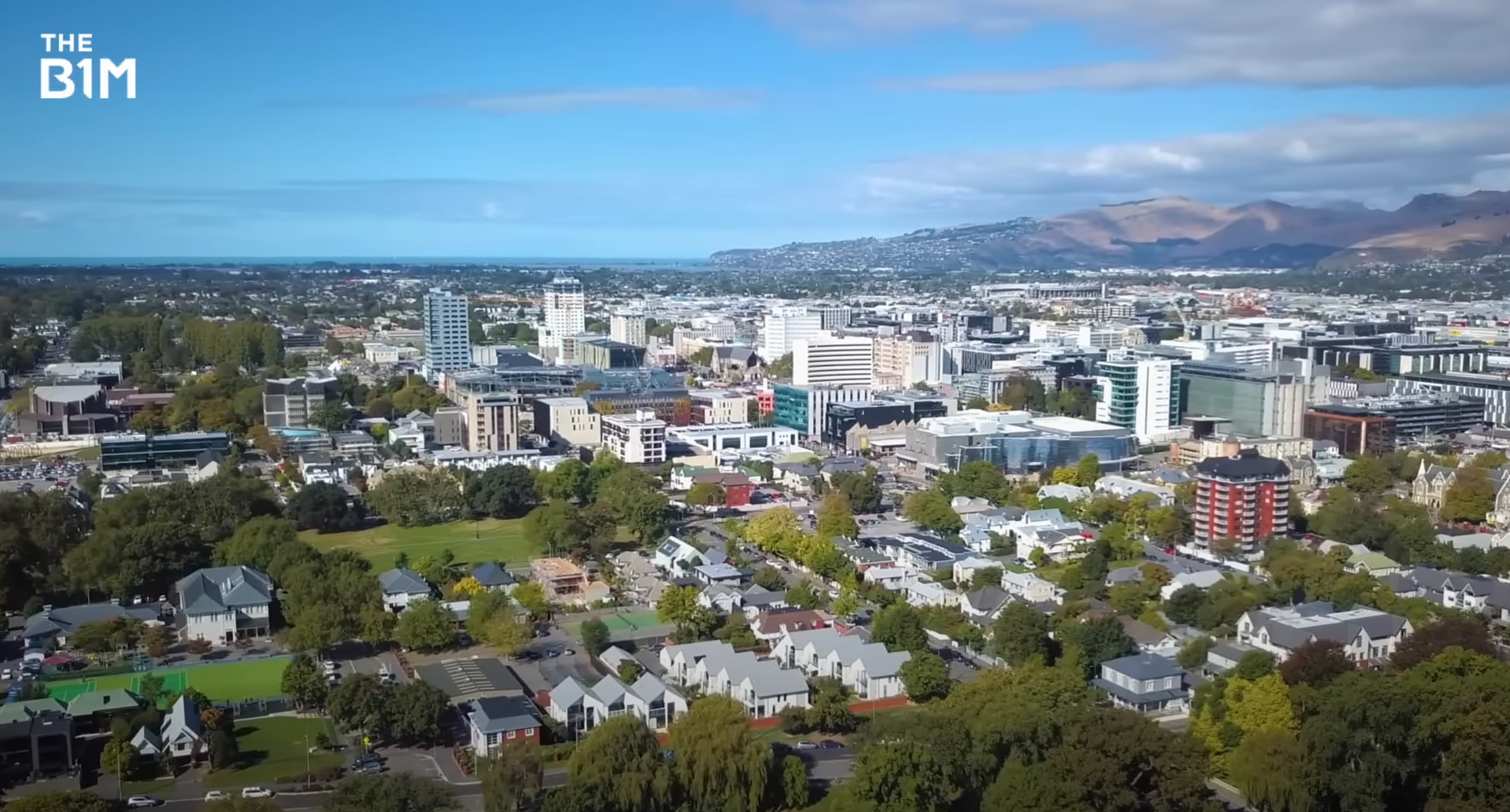
Above: Much of this city was destroyed in the 2011 earthquake.
A fierce debate was ignited about what the true purpose of the building was. At a certain point it had become more than just a church.
Residents, politicians and even a wizard all joined in protest of the demolition of this sacred structure.
Yes, that’s right, a wizard. Hey, it’s a small country.
The groups eventually helped stop the demolition of the cathedral in 2012.
But it wasn’t until September 2017 that the Anglican Synod finally voted to rebuild it, with financial support from the government and the trust.
At this point the cost of rebuilding it had skyrocketed to USD $91M.
The concept design for the new church was released in October 2020 with the brief that the building should be returned to what it was before, but safer and with modern facilities.
The remnants of the bell tower would be demolished so that a new tower could be built in its place. It will be almost identical to its predecessor but this time would be base isolated to help keep it resistant to earthquakes.
This involves putting flexible bearings or pads of rubber between the building’s foundations and the structure above - like little legs to keep the church tower steady when the earth shakes below it.
Because the tower had almost completely collapsed, architects had to rely on historical drawings and photographs to reconstruct it.
Before any of this work could begin, though, the existing structure had to be stabilised. This included the external walls that were still standing, as well as the foundations themselves.
“That was about an eight stage process of progressively adding stability,” Patterson said.
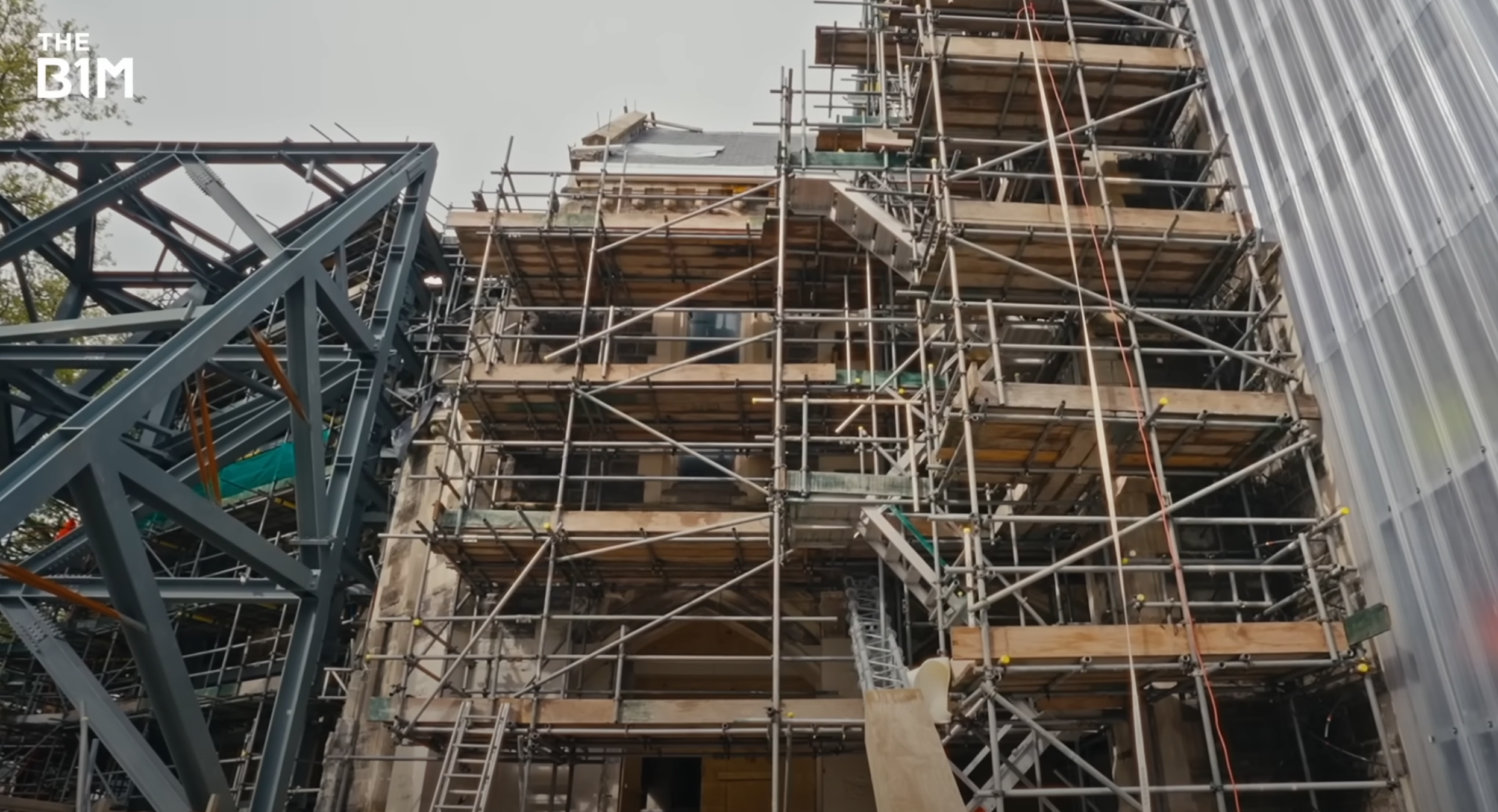
Above: Rebuilding the church was tough at first.
“Some of the things we had to do were quite tricky. For example, putting in screw piles 18 meters deep right beside a piece of the building that is partially collapsed. The job is one of those jobs where it's not so much what you're doing that is the risk, it's how you're going to do it.“
The project team had to gather comprehensive information about the cathedral – its history, how it was constructed, the ground conditions, previous restoration and strengthening work, as well as determine the full extent of the earthquake damage.
“It's not even just a normal earthquake prone building. This is a damaged and dangerous building,” Patterson said.
They then erected huge steel frames around the building to brace elements of the cathedral while the structure was strengthened. These frames acted as an exoskeleton for the building so interior works could be completed safely.
Some of these temporary steel structures have now become permanent, holding the building up.
“The biggest risk during construction is another earthquake, so that sets the standard for the temporary works,” Patterson said.
A three-dimensional model of the building was also generated using drones. They sent out millions of laser beams that returned points as they hit surfaces, producing a “map” of the existing building.
“We flew drones in and took a lot of high resolution photographs and videos and scans of the interiors where we couldn't get in when it was damaged and dangerous,” Patterson said.
Many of the stones that made up the church had to be removed so stabilisation could take place, these stones had to be meticulously catalogued. Thousands of them were labelled then shipped back out again to be reused if they were suitable.
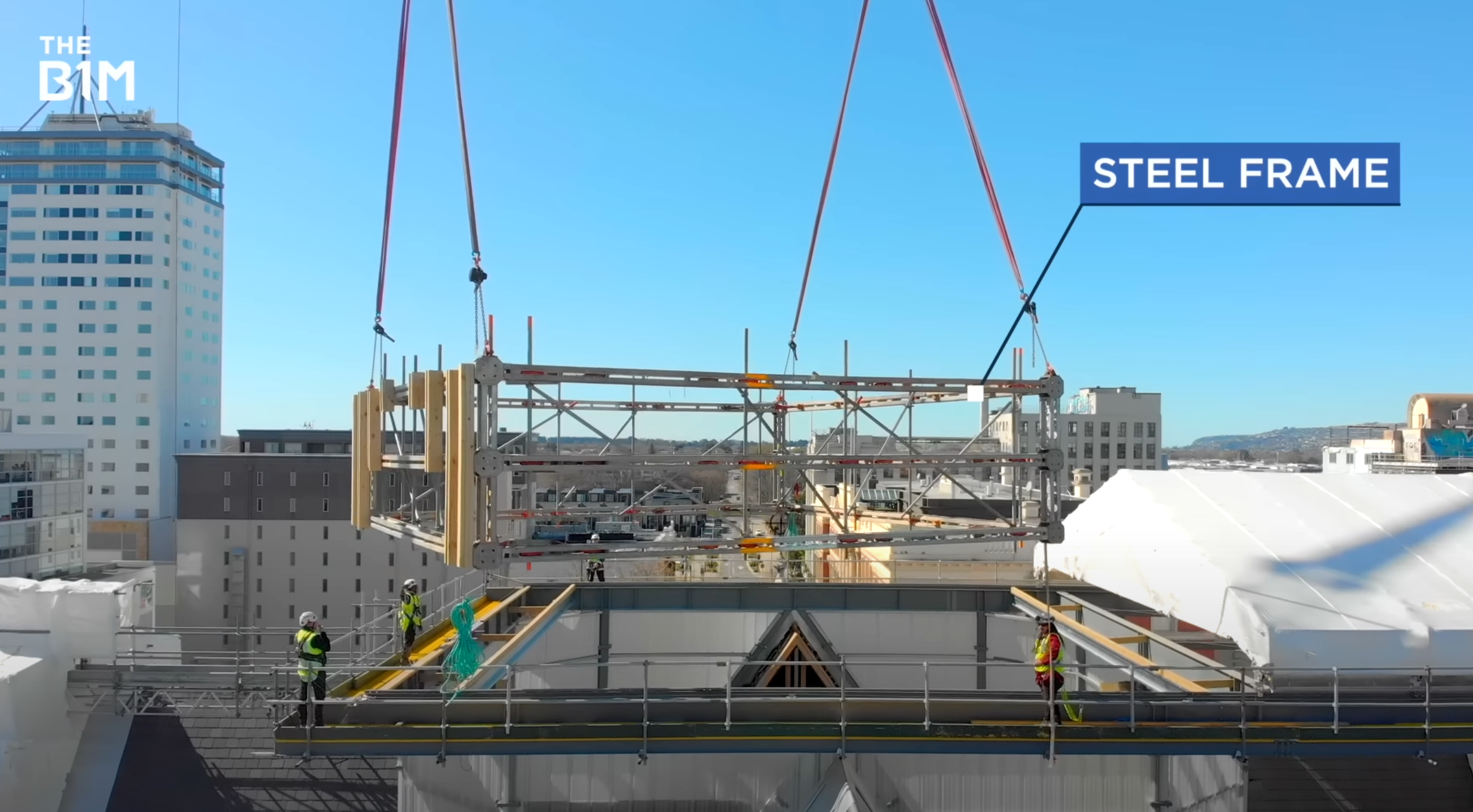
Above: Steel frames had to be erected to support the structure.
All of this intricate and complex coordination between buildings, engineers and architects would not have been possible without Bluebeam.
It allowed these teams to securely access project documents on any device, collaborate in real time, and manage this entire construction project in the cloud.
This meant that project information could be communicated more efficiently with industry-standard markup and measurement tools.
Bluebeam’s tools aren’t just in the office, they're out in the field being used to make city-defining projects like this one come to life.
“Even though it's a very traditional looking project, we've taken the view that we want to use the latest technologies,” Patterson said. “This would be a very expensive process if we didn't have Bluebeam.”
Stabilisation for the Christ Church Cathedral finished in 2023 and work is well underway to meet the 2028 completion date.
As the new cathedral rises on the Christchurch skyline it has become more than the stone and stained glass it is made of, it’s even become more than a symbol of just the city.
And while there’s still a long way to go until it’s finished it’s become a symbol of the city’s spirit, of the resilience and fight of the people who live here.
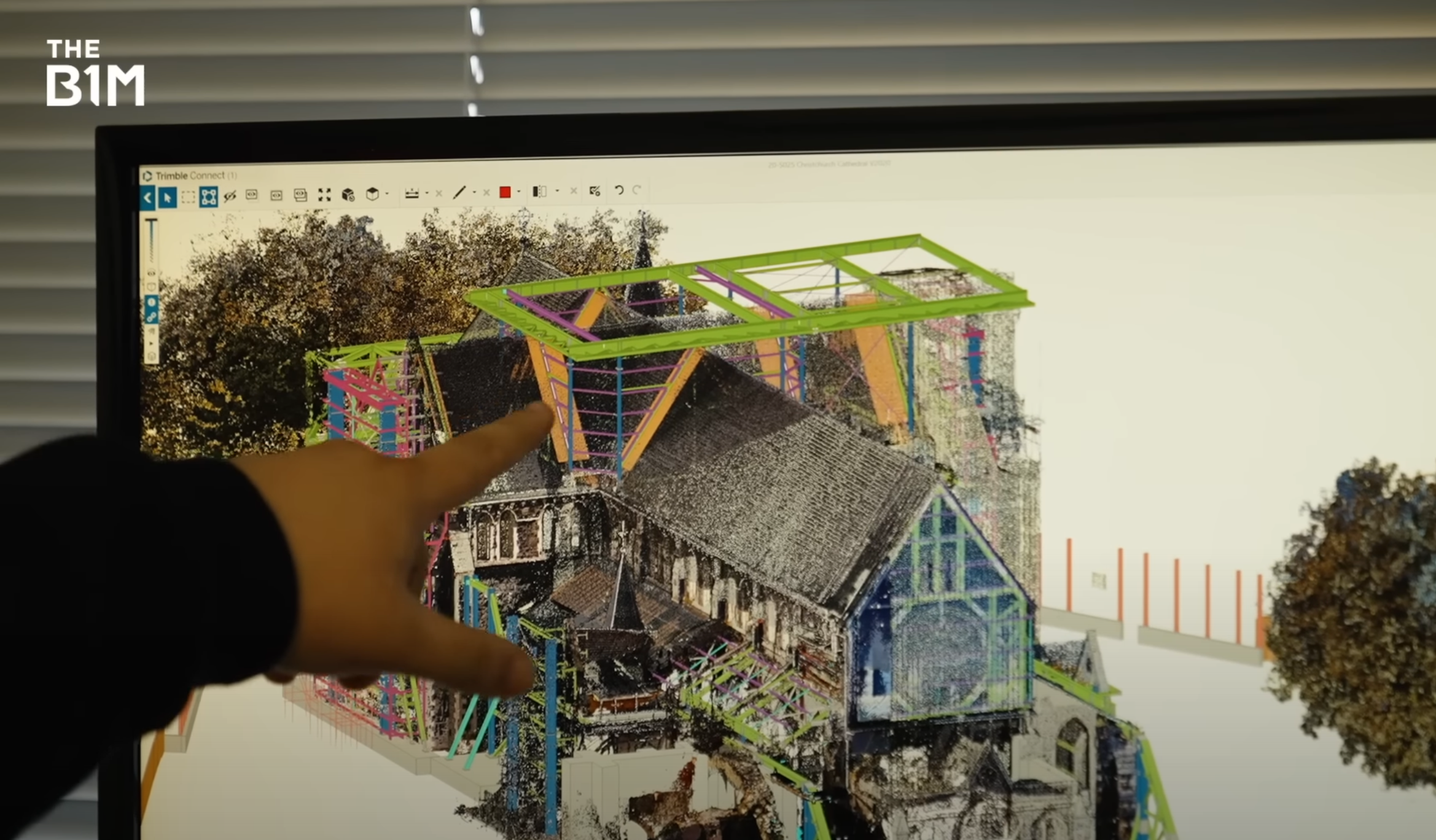
Above: Rebuilding the cathedral would not be possible without Bluebeam.
“When people reentered the cathedral for the first time, there's a lot of emotion. And these days I sort of say to people that are coming in for the first time, I said, you know, brace yourself,” Patterson said.
The journey to rebuilding Christchurch has been long, costly, and full of heartbreaking losses, but piece by piece the city is being rebuilt, just as the cathedral is.
In 2014, just two years after the earthquakes, the New York Times named the city one of the best places to visit in the world, and that’s not because everything had magically come back together.
At that point the business district was still being salvaged and retailers were working out of shipping containers. The city was one of the best places in the world to visit because of the people here and what they’ve been able to make of it.
Christchurch may not be the luckiest city in the world, but it might be the most tenacious. Luck be damned.
This video and article contain paid promotion for Bluebeam. Be More with Bluebeam – try it free.
Video narrated and hosted by Fred Mills. Additional footage and images courtesy of Christ Church Cathedral Reinstatement Project, National Geographic, Channel 4 News, Daniel Ladmann, CNN and Bluebeam.
We welcome you sharing our content to inspire others, but please be nice and play by our rules.
